Related Research Articles
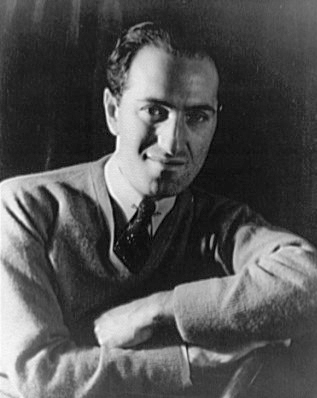
George Gershwin was an American composer and pianist whose compositions spanned popular, jazz and classical genres. Among his best-known works are the orchestral compositions Rhapsody in Blue (1924) and An American in Paris (1928), the songs "Swanee" (1919) and "Fascinating Rhythm" (1924), the jazz standards "Embraceable You" (1928) and "I Got Rhythm" (1930), and the opera Porgy and Bess (1935), which included the hit "Summertime".
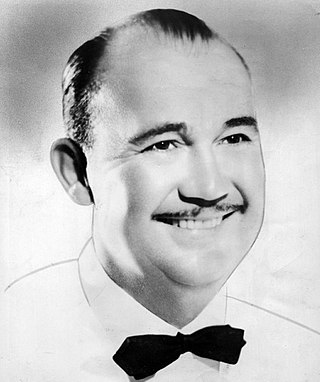
Paul Samuel Whiteman was an American bandleader, composer, orchestral director, and violinist.

This is a list of notable events in music that took place in the year 1929.
This is a list of notable events in music that took place in the year 1932.
This is a list of notable events in music that took place in the year 1926.
This is a list of notable events in music that took place in the year 1919.

Joseph Russel Robinson was an American ragtime, dixieland, and blues pianist and composer. He was a member of the Original Dixieland Jass Band.
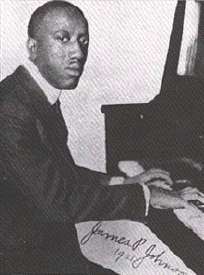
James Price Johnson was an American pianist and composer. A pioneer of stride piano, he was one of the most important pianists in the early era of recording, and like Jelly Roll Morton, one of the key figures in the evolution of ragtime into what was eventually called jazz. Johnson was a major influence on Count Basie, Duke Ellington, Art Tatum, Thelonious Monk, and Fats Waller, who was his student.
Pete Wendling was an American composer and pianist, born in New York City to German immigrants. He often collaborated with fellow QRS pianist and composer, Max Kortlander.
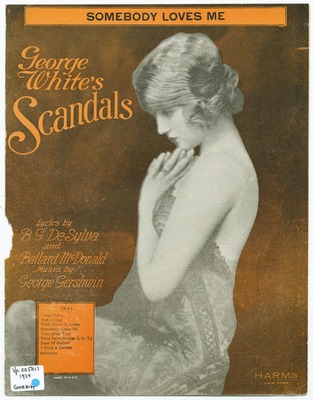
"Somebody Loves Me" is a popular song, with music written by George Gershwin, and lyrics by Ballard MacDonald and Buddy DeSylva. The song was published in 1924 and featured in George White's Scandals of 1924.

Russell Morgan was an American big band leader and arranger during the 1930s and 1940s. He was best known for being one of the composers of the song "You're Nobody till Somebody Loves You", with Larry Stock and James Cavanaugh, and was the first to record it in 1944.

"Fascinating Rhythm" is a popular song written by George Gershwin in 1924 with lyrics by Ira Gershwin.

QRS Music Technologies, Inc. is an American company that makes modern player pianos. It was founded as Q•R•S Music Company in 1900 to make piano rolls, the perforated rolls of paper read by player pianos to reproduce music. The company also produced shellac records in the 1920s and 1930s and radios beginning in the 1920s. Today, it makes modern, digital variations on the player piano and the recordings to drive them.

George Linus Cobb was an American composer. He composed over 200 pieces of music, including ragtime, marches, and waltzes. He also wrote columns for music trade publications.
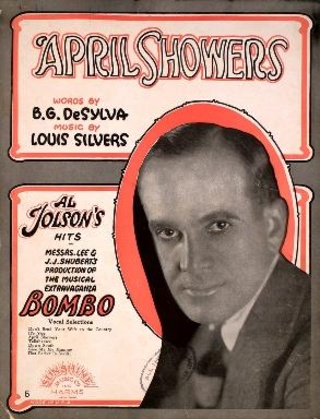
"April Showers" is a 1921 popular song composed by Louis Silvers with lyrics by B. G. De Sylva.
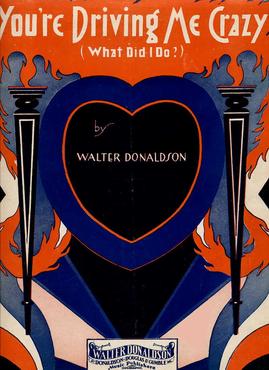
"You’re Driving Me Crazy" is an American popular song composed by Walter Donaldson in 1930 and recorded the same year by Lee Morse, Rudy Vallée & His Connecticut Yankees and Guy Lombardo & His Royal Canadians.
Billboard Pop Memories is a series of compilation albums released by Rhino Records in 1994, each featuring ten hit recordings spanning a five- or ten-year period from the 1920s through the 1950s.
Liza (All the Clouds'll Roll Away)" is a song composed by George Gershwin with lyrics by Ira Gershwin and Gus Kahn. It was introduced in 1929 by Ruby Keeler (as Dixie Dugan) in Florenz Ziegfeld's musical Show Girl. The stage performances were accompanied by the Duke Ellington Orchestra. On the show's opening night in Boston on June 25, 1929, Keeler's husband and popular singer Al Jolson suddenly stood up from his seat in the third row and sang a chorus of the song, much to the surprise of the audience and Gershwin himself. Jolson recorded the song a few days later on July 6, 1929, and his rendition rose to number nine on the charts of the day.
"Let's Put Out the Lights (and Go to Sleep)" is a popular song by Herman Hupfeld, published in 1932. It was introduced by Lili Damita in the Broadway revue George White's Music Hall Varieties (1932) with the initial title "(Let's) Turn Out the Lights and Go to Bed", and hit versions that year were by Rudy Vallée, Paul Whiteman (vocal by Red McKenzie) and Ben Bernie.
JAZZ: The Smithsonian Anthology is a six-CD, box-set released by Smithsonian Folkways that covers the history of jazz. The set includes 111 tracks with representative works from many styles, including big band, dixieland, free jazz, fusion, Latin jazz, swing, and smooth jazz. An accompanying 200-page book includes essays, analysis, and photographs.
References
- 1 2 3 "MAX KORTLANDER - KING OF THE PLAYER PIANO". www.doctorjazz.co.uk. Retrieved 2023-11-29.
- ↑ http://ragpiano.com/comps/kortland.shtml
- 1 2 3 4 https://adp.library.ucsb.edu/index.php/mastertalent/detail/111335/Kortlander_Max
- 1 2 "Piano Roll Artistry of Max Kortlander". Smithsonian Folkways Recordings. Retrieved 2023-11-29.